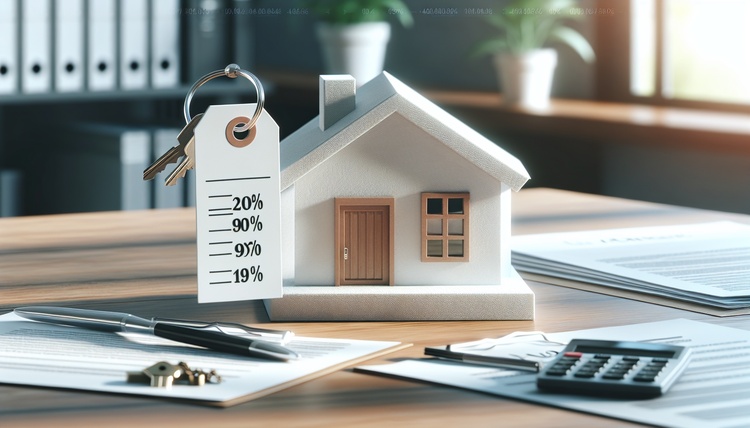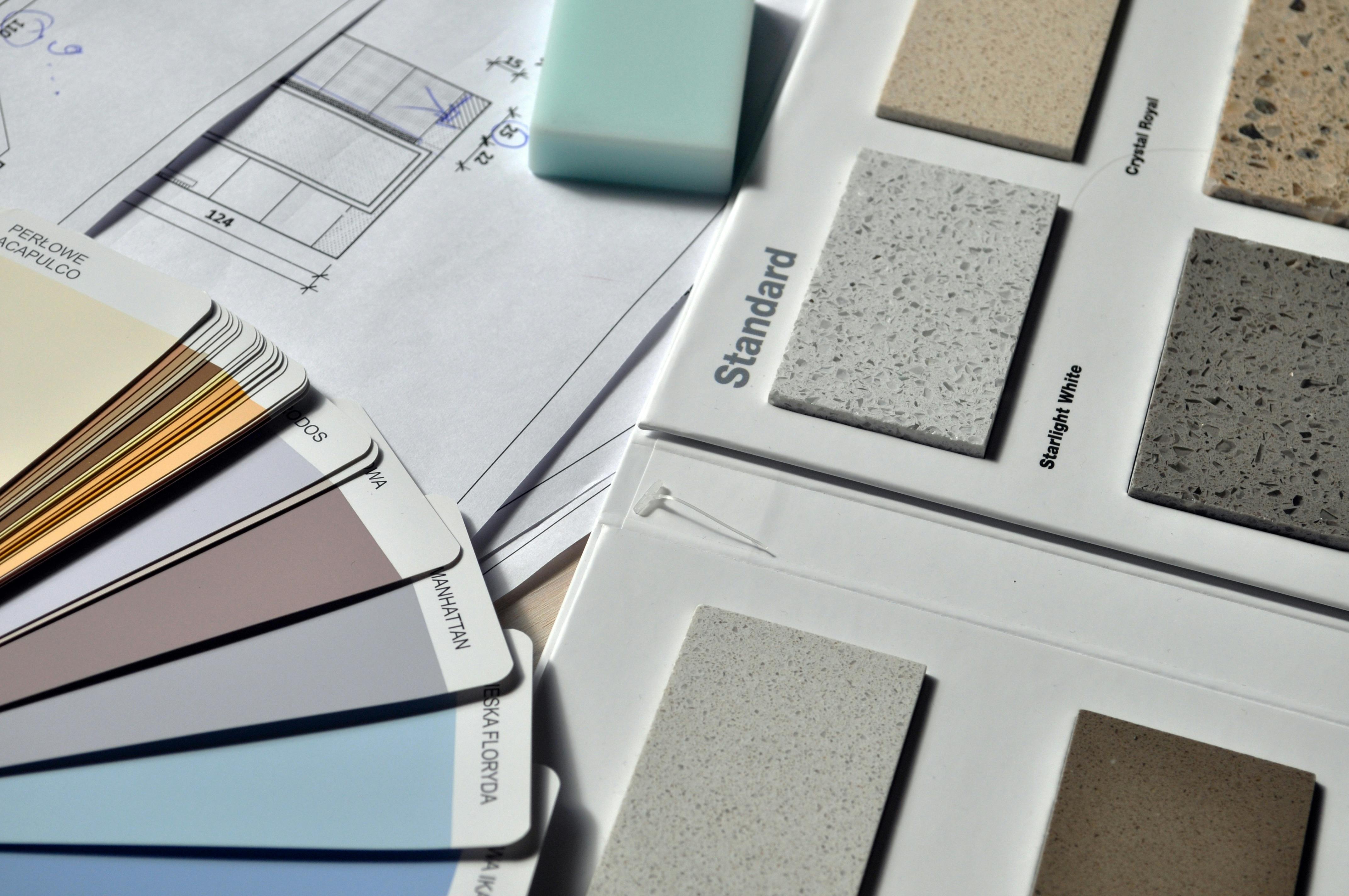Unlocking Homeownership: Essential Guide to Housing Financing with Bad Credit in 2025
The dream of homeownership remains a cornerstone of financial stability for many. However, navigating the path to purchasing a house can be particularly challenging for those with less-than-stellar credit scores. As we approach 2025, understanding the landscape of housing finance for individuals with bad credit is crucial. This comprehensive guide will explore the impact of poor credit on mortgage options, alternative financing methods, and strategies to improve your chances of securing a home loan.

How does bad credit affect mortgage options in 2025?
Bad credit can significantly impact your mortgage options by limiting the types of loans available and potentially increasing interest rates. Lenders use credit scores as a key indicator of financial responsibility and loan repayment likelihood. In 2025, borrowers with low credit scores may face stricter requirements, higher down payments, and fewer loan choices. Conventional loans typically require a minimum credit score of 620, while FHA loans might accept scores as low as 500 with a larger down payment.
What alternative housing financing methods are available?
For those struggling with traditional mortgage approval, several alternative financing methods exist:
-
Rent-to-Own Agreements: These allow you to rent a property with the option to buy it later, potentially giving you time to improve your credit.
-
Owner Financing: The property seller acts as the lender, which can be more flexible than traditional mortgages.
-
FHA Loans: These government-backed loans often have more lenient credit requirements.
-
VA Loans: For eligible veterans, these loans offer favorable terms and may be more forgiving of bad credit.
-
USDA Loans: Available for rural properties, these loans can have more relaxed credit standards.
How can you improve your credit before applying for a home loan?
Improving your credit score is a crucial step in enhancing your chances of mortgage approval:
-
Pay bills on time: Consistent, timely payments are the foundation of a good credit score.
-
Reduce credit card balances: Aim to keep your credit utilization below 30% of your available credit.
-
Dispute inaccuracies: Regularly check your credit report and contest any errors you find.
-
Avoid new credit applications: Each application can temporarily lower your score.
-
Consider a secured credit card: This can help rebuild credit if used responsibly.
What are common myths about buying a house with poor credit?
Several misconceptions surround home buying with bad credit:
-
Myth: It’s impossible to get a mortgage with bad credit.
Reality: While challenging, options like FHA loans exist for those with lower credit scores.
-
Myth: You need a 20% down payment.
Reality: Some programs offer low down payment options, even for those with less-than-perfect credit.
-
Myth: Improving your credit takes years.
Reality: Significant improvements can be made in 6-12 months with dedicated effort.
-
Myth: Checking your credit score lowers it.
Reality: Soft inquiries, like checking your own score, don’t affect your credit.
-
Myth: Closing old credit accounts improves your score.
Reality: Keeping old accounts open can actually benefit your credit history length.
What insights can experts provide about the 2025 housing market?
As we look towards 2025, experts anticipate several trends in the housing market:
-
Continued emphasis on credit scores: While alternative data may play a role, traditional credit scores will likely remain a key factor in mortgage approval.
-
Technological advancements: AI and machine learning may lead to more nuanced credit assessments, potentially benefiting those with non-traditional credit histories.
-
Increased focus on sustainable housing: Green mortgages and energy-efficient home loans may become more prevalent, offering potential opportunities for buyers with less-than-perfect credit.
-
Rise of alternative lenders: Non-bank lenders may continue to gain market share, potentially offering more flexible options for those with bad credit.
-
Evolving government programs: Keep an eye on potential changes to FHA, VA, and USDA loan programs, which could impact accessibility for those with lower credit scores.
What are the real costs of bad credit mortgages in 2025?
Understanding the financial implications of securing a mortgage with bad credit is crucial for potential homebuyers. Here’s a comparison of estimated costs for a $250,000 home loan with different credit scores:
| Credit Score Range | Estimated Interest Rate | Monthly Payment (30-year fixed) | Total Interest Paid Over Loan Term |
|---|---|---|---|
| 760-850 (Excellent) | 3.5% | $1,123 | $154,140 |
| 700-759 (Good) | 3.75% | $1,158 | $166,888 |
| 680-699 (Fair) | 4.0% | $1,194 | $179,674 |
| 620-679 (Poor) | 4.5% | $1,267 | $206,016 |
| Below 620 (Very Poor) | 5.5% | $1,419 | $260,840 |
Prices, rates, or cost estimates mentioned in this article are based on the latest available information but may change over time. Independent research is advised before making financial decisions.
In conclusion, while bad credit can present challenges in securing a home loan, it doesn’t make homeownership impossible. By understanding your options, working to improve your credit, and staying informed about market trends, you can navigate the path to homeownership, even with less-than-perfect credit. As we approach 2025, staying adaptable and proactive in your financial planning will be key to achieving your homeownership goals.




